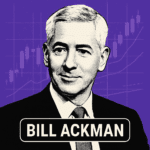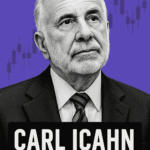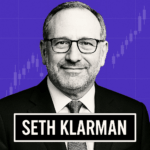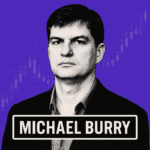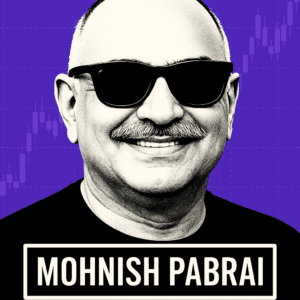
MOHNISH PABRAI – DALAL STREET Q1 2025 PORTFOLIO
Dalal Street LLC, an investment fund managed by Mohnish Pabrai, disclosed 4 security holdings in its Q1 2025 13F filing, with a total portfolio value of $234,824,008.
Mohnish Pabrai’s Portfolio
As of Q1 2025, Mohnish Pabrai’s portfolio reveals a strategic shift toward offshore drilling while maintaining exposure to metallurgical coal. His investment approach has expanded to four concentrated positions, with a notable pivot toward energy services companies that support the global oil and gas industry.
Holdings Analysis
Portfolio Strategy Analysis
The most notable change this quarter is the addition of two offshore drilling companies: Valaris and Noble Corp, which together now comprise over 41% of the portfolio. This represents a significant strategic pivot from Pabrai’s previous exclusive focus on coal. The timing suggests he sees value in offshore drilling assets that may be underappreciated by the market, potentially positioned to benefit from increasing offshore exploration activity.
Despite the new focus on offshore drilling, Pabrai maintains substantial positions in Warrior Met Coal and Alpha Metallurgical, which still represent nearly 59% of the portfolio. The increased stake in Warrior Met, now the largest position, demonstrates his continued conviction in metallurgical coal’s importance for steel production. However, the reduction in Alpha Metallurgical suggests some rebalancing within this thesis.
Notably absent this quarter is Consol Energy, which previously made up approximately 25% of the portfolio. This complete exit, combined with the reduced position in Alpha Metallurgical, provided the capital for Pabrai’s new offshore drilling investments. The decision may reflect a more selective approach to coal exposure, focusing on metallurgical coal (used in steel production) rather than thermal coal (used in electricity generation).
While maintaining his trademark concentrated approach with just four holdings, Pabrai has introduced more diversification across the energy value chain. The portfolio now spans both metallurgical coal (vital for steel production) and offshore drilling services (supporting oil and gas exploration). This suggests a broader thesis on energy and industrial commodities rather than a singular focus on coal, while still maintaining the high-conviction, concentrated approach that has characterized his investment style.
Conclusion
Mohnish Pabrai’s Q1 2025 portfolio represents a significant evolution, maintaining substantial exposure to metallurgical coal while strategically pivoting toward offshore drilling. The complete exit from Consol Energy and reduction in Alpha Metallurgical Resources funded substantial new positions in Valaris and Noble Corp.
This portfolio transformation reveals Pabrai’s opportunistic approach to value investing, as he appears to be placing substantial bets on the offshore drilling industry’s recovery potential while maintaining conviction in high-quality metallurgical coal assets. The concentrated yet diversified energy focus suggests a coherent thesis on undervalued assets across the broader energy and industrial commodities space, consistent with his philosophy of making fewer, higher-conviction investments where he perceives market mispricing.
Dalal Street, LLC Portfolio Analysis
Based on 13F filing for reporting period: Q1, 2025
Portfolio Manager
Mohnish Pabrai
Filing Date
May 14, 2025
Total Value
$234,824,008
Number of Positions
4
Portfolio Allocation
Holdings Breakdown
| Rank | Company Name | % of Portfolio | Ticker | Shares | Market Value ($) |
|---|
